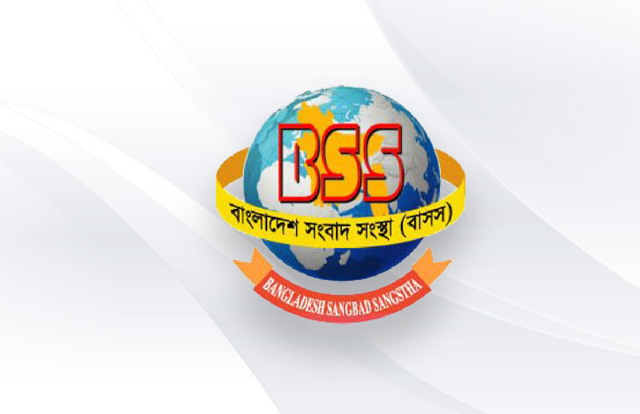
DHAKA, August 16, 2024 (BSS) - Thirty-five-year-old Ramiza (not real name) was a sex worker. Her parents died in a fatal road accident while she was only nine and a half years old. She took shelter to her maternal uncle house after the incident. Her grandmother took the responsibility of Ramiza.
But, the fate of Ramiza didn’t favour her as her grandmother died when she was only 13-year old. Her aunty (uncle’s wife) started to torture her regularly though she (Ramiza) did every works of home.
Once, Ramiza met her a so-called uncle who assured her of giving a job in a garment factory. And one night, she left uncle’s house for a better life. But, unfortunately she was sold to a broker. After that, she was engaged forcefully as a sex worker.
She also took drugs about every night. Once she fell into sick. After many diagnoses, the doctor found that Ramiza was infected with HIV. From then, she is working with a local NGO (non-government organisation) as volunteer to aware other sex workers about HIV Aids.
According to a study conducted by the Directorate General of Health Services, a total of 1,276 new AIDS patients were identified in the country this year. Of them, 266 have died. This is the highest number of infections and deaths reported in Bangladesh in a year.
Of the newly infected, 1,118 are Bangladeshi citizens and 158 are Rohingyas living in Cox's Bazar, the study shows.
Last year, 947 new AIDS patients were reported across the country, of them, 232 died of AIDS.
The very first AIDS patient was reported in Bangladesh in 1989. Since then, a total of 10,984 AIDS patients have been identified. Of them, 2,086 have died.
However, DGHS officials assume that the country has more than 15 thousand AIDS patients.
According to a keynote paper of Md Mahfuzur Rahman Sarkar, Programme Director of DGHS said with 342, Dhaka has the highest number of AIDS patients in the country, while Rangpur has recorded 34 patients, the lowest number. There are 246 patients in Chattogram, 175 in Rajshahi, 141 in Khulna, 79 in Barisal, 61 in Sylhet, and 40 in Mymensingh.
DGHS DG Prof Abul Bashar Mohammed Khurshid Alam said, “Bangladesh has been successful in eradicating or controlling many diseases, but it has stalled in controlling AIDS. It requires greater emphasis on diagnosis and treatment to eradicate AIDS. We have to be more careful about this disease”.
HIV is a serious worldwide public health concern, having claimed the lives of 36.3 million people y now. According to the World Health Organisation, by the end of 2020, an estimated 37.7 million persons were living with HIV. Furthermore, in 2020, 680 000 people died from HIV-related causes.
World AIDS Day takes place on December 1 each year. It is an opportunity for people worldwide to be united in the fight against HIV, to show support for people living with HIV, and to commemorate those who have died of an AIDS-related illness.
Khurshid Alam said AIDS would be eradicated from Bangladesh by 2030. The government has taken up extensive plans to expand HIV testing services in all the district level hospitals, he added.
The plans include establishing strong collaboration between the foreign affairs and the expatriates’ welfare ministries for tracking migrants, ensuring child transmission programme of pregnant mother under the government’s health service, and raising awareness among mass people.
According to the Prioritised HIV Prevention and Treatment Services for Key Population in Bangladesh project, there are 11 hospitals that have the treatment facilities of the HIV patients. But, the patients are not visiting those hospitals.
It said, of the HIV infected people, 84 percent patients’ age is between 19-year and 49-year. And most of them were infected for taking drugs in their vain.